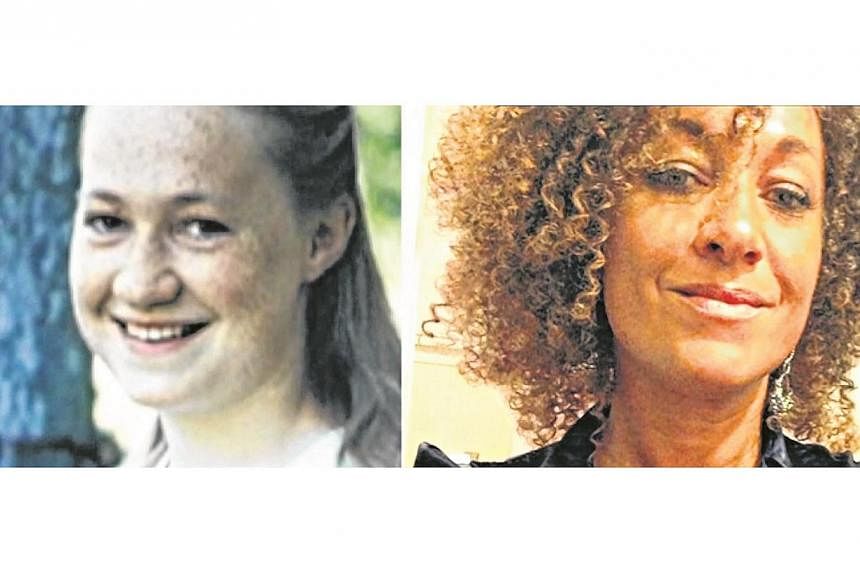Rachel Dolezal, a prominent activist for civil rights in the United States, claimed for years that she was partly black.
But in a recent interview, her parents said that she is Caucasian, showing photographs of her as a fair-skinned, blonde teenager.
Ms Dolezal, a president of the Spokane National Association for the Advancement of Coloured People chapter, now sports tight curls and light brown skin.
When confronted about her race in a TV interview, she was evasive.
Before last week, she posted about the travails of living as a black person in a white community on social media, and was once married to an African American man.
She also grew up with four black siblings, whom her parents adopted, and has a long fascination with racial issues.
She is also part of a long history in which whites appropriated black heritage when it suited them.
1. Pretended to be black to win an election
Dave Wilson is white but in 2013, he pretended to be black to win a seat on the Houston Community College Board of Trustees, in a predominently black district.
Wilson's direct mail campaign included a flier with smiling black faces he says he found on the Internet.
"Please vote for our friend and neighbor Dave Wilson," the accompanying text read.
He also claimed that he was endorsed by Ron Wilson, which many took to be a black former state representative, but Dave said he meant his cousin Ron, who lived in Bloomfield, Iowa.
2. Jazzman who wanted to be black
Milton "Mezz" Mezzrow was born in Chicago in 1899 to Russian Jewish parents, but he was so in love with jazz music he called himself a "voluntary Negro".
He moved to Harlem and married a black woman but his career as a jazz musician did not take off. His day job was selling marijuana.
When he was arrested for dealing drugs, he even convinced the prison guards to lock him up with black prisoners.
3. 'Black Like Me'
John Howard Griffin darkened his skin to pose as a black man in the segregated south in the 1950s and 1960s.
He wanted to see what it was like to live as a black man, and experience discrimination firsthand.
He published a book titled Black Like Me in 1961, documenting his six-week experience. After writing the book, he received death threats, and was once almost beaten to death.
4. Love knows no racial bounds
Clarence King, a white upper-class geologist, fell in love with a black woman, Ada Copeland. As this was around the late 19th century, he pretended to be black so they could marry.
He told his wife, a freed slave, that he was a light-skinned train porter named James Todd, and did not reveal his real identity until he was on his deathbed in 1901.
When he was in Manhattan, he lived as a single man in residential hotels, but as James Todd, he lived with his wife in Queens and later, Brooklyn. They had five children.
5. Writing as a former slave
Martha Griffith Browne was an abolitionist who wrote a 1857 book titled Autobiography Of A Female Slave, but she was a white woman from Kentucky.
After freeing the six slaves she inherited from her parents, she wrote the book anonymously to raise funds to resettle them.
She was not the only one to write books impersonating freed slaves, as these narratives of the lives of slaves became popular in the 1840s and 1850s in the US.
Not all were written to help former slaves and some took pro-slavery positions.

